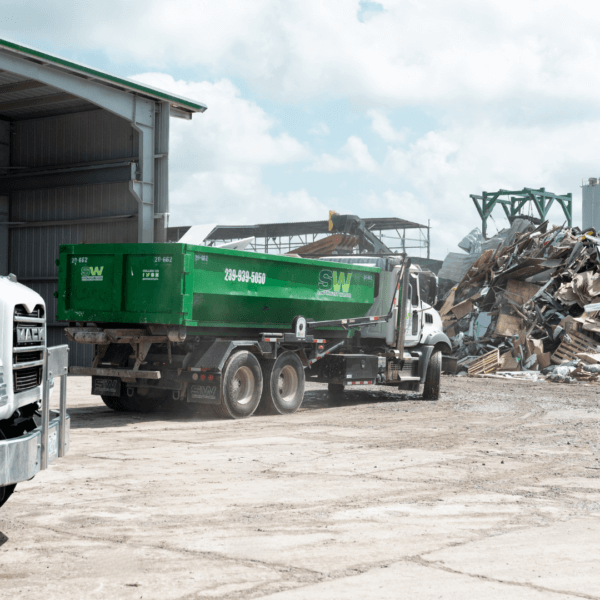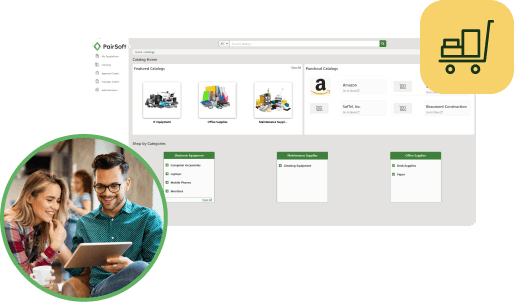On-premises servers may become more cost-effective after the five-year mark and keep running when the internet isn’t, but that’s about where the advantages of on-premises solutions, which are quickly becoming antiquated, end.
Because budgets are usually made annually, the lower upfront costs of Software-as-a-Service (SaaS) solutions are usually a safer bet when planning yearly budgets — they can be adjusted as businesses and market demands change, for one. Meanwhile, most remote servers have built-in redundancies to keep data safe and accessible in emergency situations, so they stay online when you need them to. With nearly every town connected to fast, reliable internet these days, restricted internet shouldn’t be a problem.
These are only a couple of the ways off-premises, cloud solutions can help your company surpass the limits placed on it by old, on-premises IT. If you’re still unsure about transitioning to the cloud, consider these additional benefits.
Cost savings
We’ve already mentioned the lower upfront costs when subscribing to SaaS services, but saving to the cloud lowers your storage costs as well, and cloud storage costs are only falling. Plus, if you ever need to upgrade capacity, extra cloud storage can be acquired without the need to purchase additional hardware or machinery.
Add the fact that maintenance and support are often bundled into cloud packages, and the preferred option is obvious. Cloud providers eliminate the need to call and pay for a service technician to come to your office to fix something gone wrong. By contrast, vendors of on-site software usually charge service fees that can be as much as 20% of the cost of their licensing fees.
Security
If your whole system is on-premises, you need to architect and deploy your own backup and disaster recovery system yourself — and it’s a crucial, precautionary process every business, no matter how big or small, must have in place. This is costly if you’re relying on an in-house team or an outsourced crew to visit you on-site.
These days, backup and disaster recovery are usually folded into the subscription pricing for most cloud service providers, who are often and increasingly sophisticated in matters of high-level cybersecurity.
Scalability
Traditional, on-premises servers are simply not scalable in either direction. This is a chief reason, among many, that on-promises tech is going the way of the telegraph and the rotary phone.
Customizing and scaling on-premises solutions up or down is more expensive than cloud-based solutions, and software updates are released (and deployed) exponentially slower. Even worse, they sometimes demand hardware and software changes that require intensive involvement from teams of IT professionals.
In the cloud, these issues are fixed and fully managed by the provider.
User access
Arguably the most transformative feature of off-premises systems is their ability to connect teams across space and time. By shifting your business-critical files and processes from your office to the cloud, you’re able to collaborate more easily with employees, partners, and customers, no matter where they are.
Go green
Four billion trees are cut down to produce paper every year — paper that then goes on to account for 16% of waste in landfills. The average American office worker consumes about 10,000 sheets of paper a year. Aside from adding about $80 per employee in wasted paper to your operating costs, this is also detrimental to the environment.
Somehow, despite the technology that now exists, file cabinets and document storage account for over half of all American office space. But moving to the cloud saves more than office space and your bottom line — it helps save the planet we all share.
You can keep your old on-premises gear for your future Museum of Forgotten Technology, but don’t keep your business back by continuing to operate on an outdated model. Making the move to the cloud is quick and easy, and PairSoft can help. Just ask any of our satisfied clients across a range of industries. To get started, schedule a free personalized demo today.







